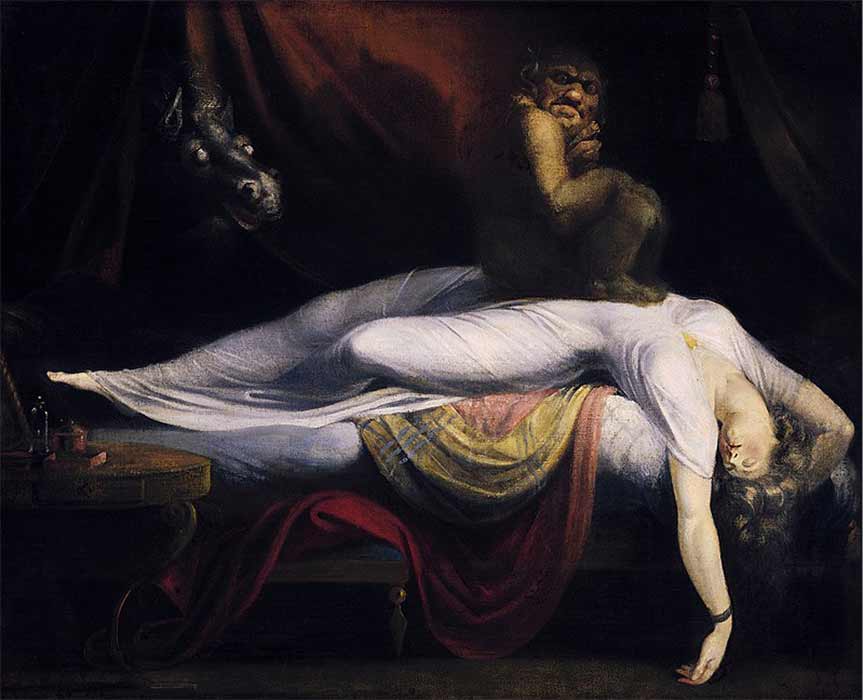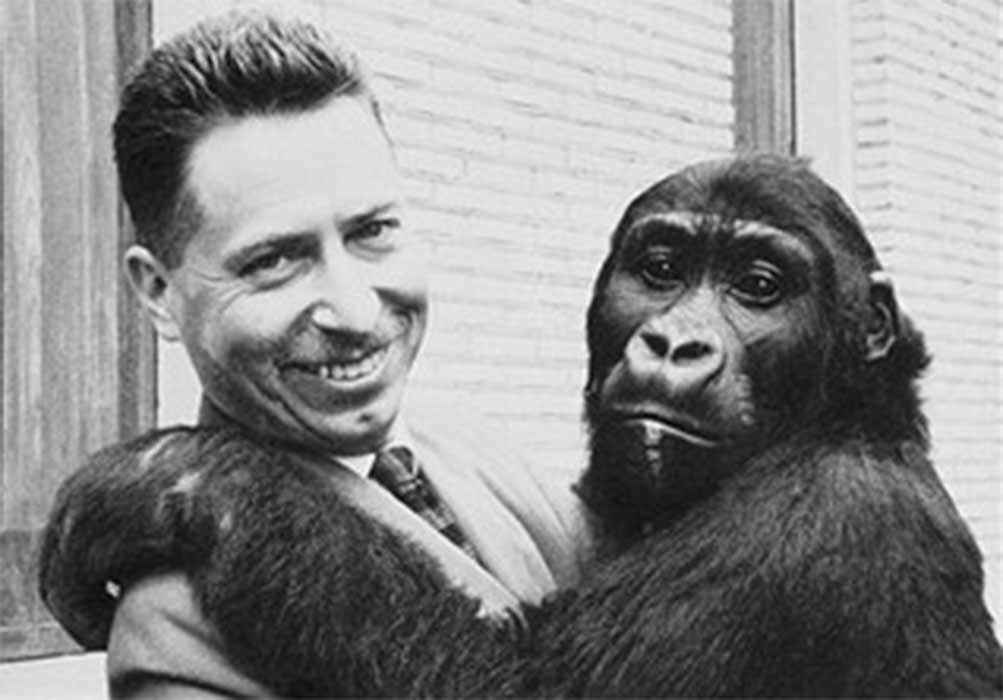
Ireland’s Hidden Animals and Shadow People
Just when one thinks everything that could possibly be said about monsters had been vocalized at least 1,000 times over, comes a fresh approach to the marvelous world of hidden animals and shadow people in Ireland. For decades, many scholars have criticized ‘belief’ as being a highly-misleading discipline, not only distorting one religion into another, but it is argued that beliefs are one of the key reasons that so many nations have marched to war over the years. Contrary to the religious world, science functions without any requirement for its practitioners to hold beliefs, which is why it would be a mistake to petition open believers of Bigfoot type primates roaming North American forests, or an Ice Age serpent inhabiting a certain Scottish Loch, or a reported mysterious creature said to inhabit the Lakes of Killarney in Ireland, when one is one the hunt for hidden animals and shadow people.

Loch Ness Monster by Hugo Heikenwaelder (1999) (CC BY-SA 2.5)
However, Irish presenters Rob Billington and Eamonn O'Neill offer a more practical approach by exploring tales from world mythology and folklore, leaning heavily on themes relating to cryptozoology, the paranormal and UFO encounters. Each narrative is broken up with humorous detours and they often branch into more serious issues like the possible mental health conditions that might underlie many of the most bizarre reports of monsters, ghosts and demons.
The Guts Of Cryptozoology
The term ‘cryptozoology’ was first coined in 1959 by Bernard Heuvelmans (1916 –2001). This Belgian-French scientist, writer and explorer can be called a grandfather of the cryptozoology subculture, still thriving today, as Heuvelmans formally outlined the study of what he termed ‘hidden animals’. At that time new species were being discovered thick and fast as explorers charted and exploited the last corners of the planet.

Heuvelmans earned a doctorate in zoology from the Free University of Brussels and later founded the Center for Cryptozoology and the International Society of Cryptozoology. (Public Domain)
Following in the footsteps of Heuvelmans, Billington and O’Neill are very thorough researchers. However, unlike Heuvelmans, the Irish presenters are not trying to convince their audience that any of the reported monsters, ghosts or demons are, or ever were real, but instead, they explore other people's encounters, experiences and subsequent beliefs.
The question if either one of them are convinced that there are any ‘hidden animals’ which might pose a threat to humans, brought a very well-considered reply, that put cryptozoology into a new, and much more respectable light. According to Billington and O’Neill in 2020 alone hundreds of new species were discovered and presented in peer-reviewed scientific journals. Although most of these were critters like ants and sea snails, one is not to overlook the fact that ants and snails can pack a venomous punch to thin skinned humans. The latter has a species called Conus Geographus whose venom can kill a man easily. So, in conclusion, there absolutely are unknown animals out there that are yet to be discovered that pose a threat to humans.
- Mythological Sea Serpents And Lake Monsters Versus Scientific Sharks And Surviving Dinosaurs
- The Top Three Scientific Explanations for Ghost Sightings
- Former Home of South African Statesman Rumored To Be Haunted
Conus geographus is indeed a species of predatory cone snail, but it is more often called the ‘Geographer cone’. A 2010 WoRMS paper explains that the snail inhabits coral reefs of the tropical Indo-Pacific and hunts small fish using an insulin-based venom potent enough to kill humans. The paper explained that the venom can be up to 10,000 times more potent than morphine and because it does not have the same addictive properties as morphine it has serious applications in pain-killing medical procedures.




